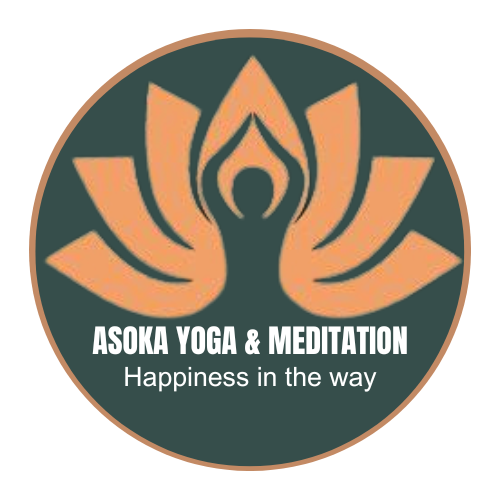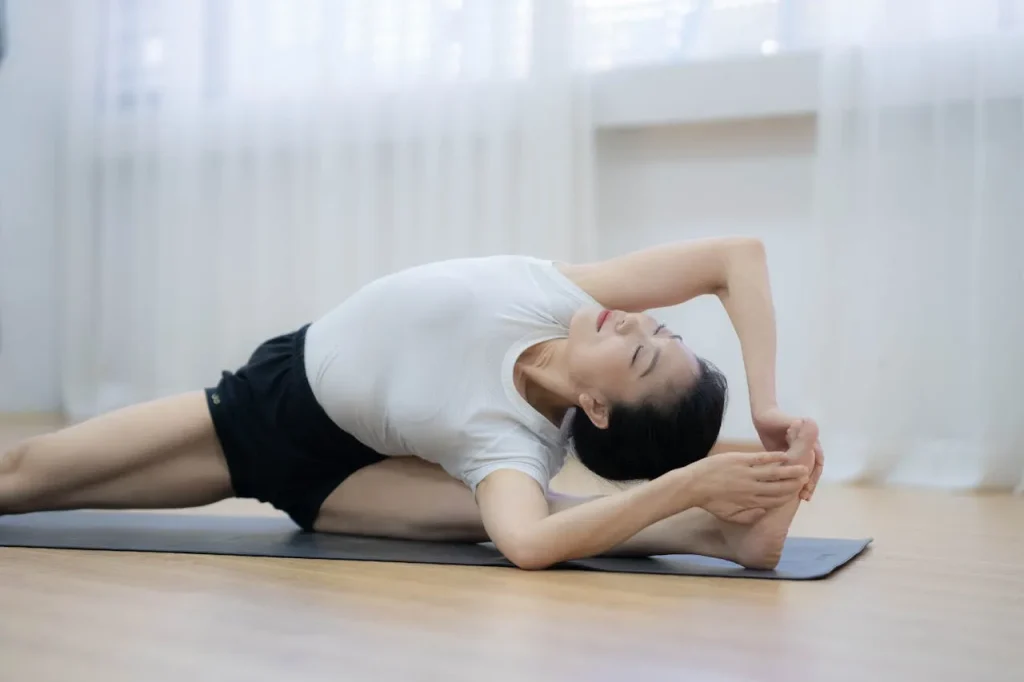Breath is the bridge between body and mind in yoga. Pranayama (Sanskrit: prana = life force, ayama = control) isn’t just “breathing exercises”—it’s a powerful tool to transform your physiology, energy levels, and mental state. Here’s how to harness it.
1. Why Breath Matters in Yoga
❶ Physiologically
-
Oxygenates muscles 30% more efficiently than passive breathing
-
Activates the vagus nerve, lowering heart rate and blood pressure
-
Releases 70% of toxins through exhalation (vs. 30% via sweat/urine)
❷ Energetically
-
Balances nadis (energy channels) according to Ayurveda
-
Stimulates chakras through specific techniques
❸ Mentally
-
4-7-8 breathing reduces anxiety as effectively as anti-anxiety meds (Harvard study)
-
Alternate nostril breathing balances left/right brain hemispheres
2. 5 Essential Pranayama Techniques
① Ujjayi Breath (Ocean Breath)
-
How: Constrict throat slightly, create audible “Darth Vader” sound
-
Best For: Vinyasa flow, heat generation
-
Science: Increases lung capacity by 15%
② Nadi Shodhana (Alternate Nostril Breathing)
-
How: Close right nostril, inhale left → close left, exhale right → repeat
-
Best For: Stress relief, mental clarity
-
Science: Boosts focus by 22% (University of Wisconsin)
③ Kapalabhati (Skull-Shining Breath)
-
How: Sharp exhales through nose, passive inhales
-
Best For: Detox, energizing
-
Caution: Avoid during pregnancy/high BP
④ Bhramari (Bee Breath)
-
How: Inhale deeply, hum “mmmm” on exhale
-
Best For: Insomnia, anger management
-
Science: Lowers cortisol by 20%
⑤ Sitali (Cooling Breath)
-
How: Curl tongue, inhale through “straw” → exhale normally
-
Best For: Cooling body/mind (summer/hot yoga)
3. How to Integrate Pranayama
Pre-Practice (5 min):
-
Nadi Shodhana to center the mind
During Asana:
-
Ujjayi to maintain rhythm
-
Exhales 2x longer than inhales for relaxation
Post-Practice (5-10 min):
-
Bhramari for deep relaxation

4. Modern Science Meets Ancient Wisdom
-
CO₂ Tolerance: Pranayama trains tolerance to carbon dioxide (enhancing athletic performance)
-
HRV Improvement: Regular practice increases heart rate variability (marker of resilience)
-
Neuroplasticity: Breath patterns rewire stress responses in the amygdala
“When the breath wanders, the mind is unsteady. But when the breath is calmed, the mind too will be still.”
— Hatha Yoga Pradipika
Deepen Your Practice: Join our Pranayama Masterclass in Hội An!
#Pranayama #Breathwork #YogaScience


